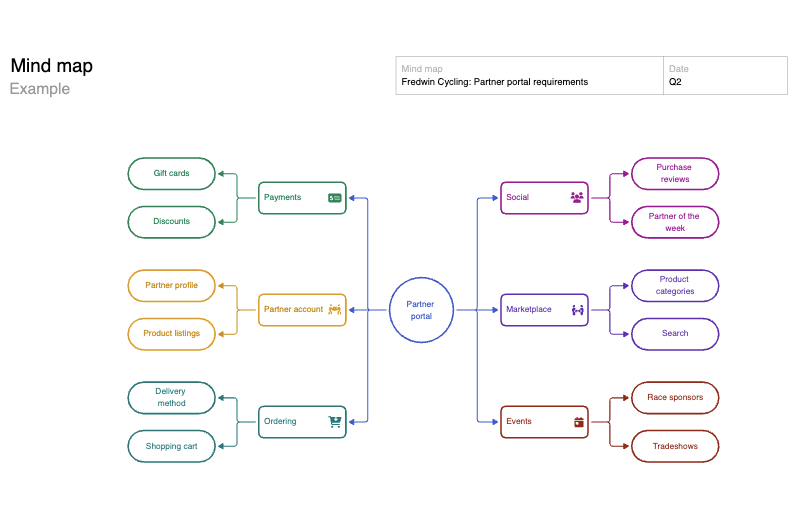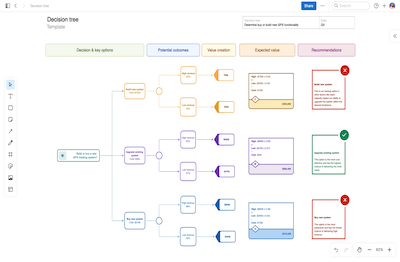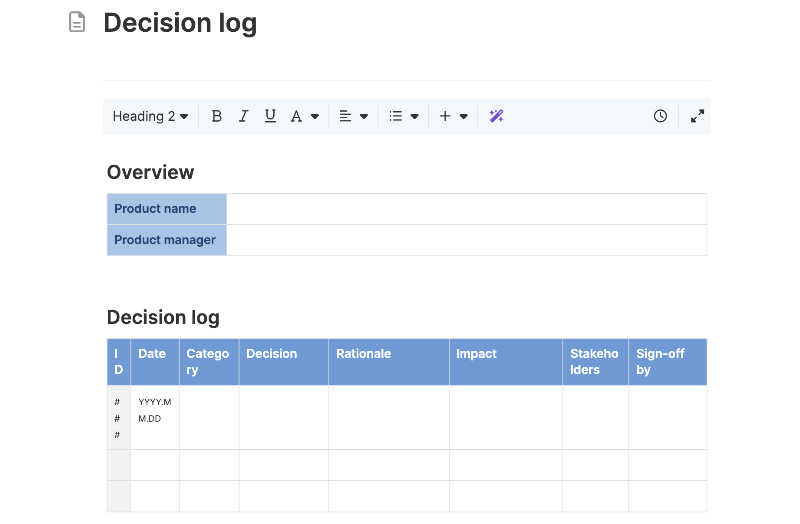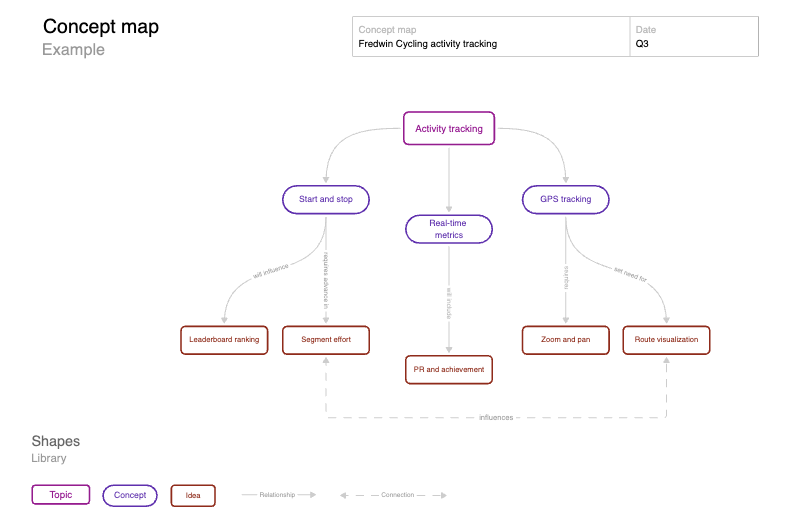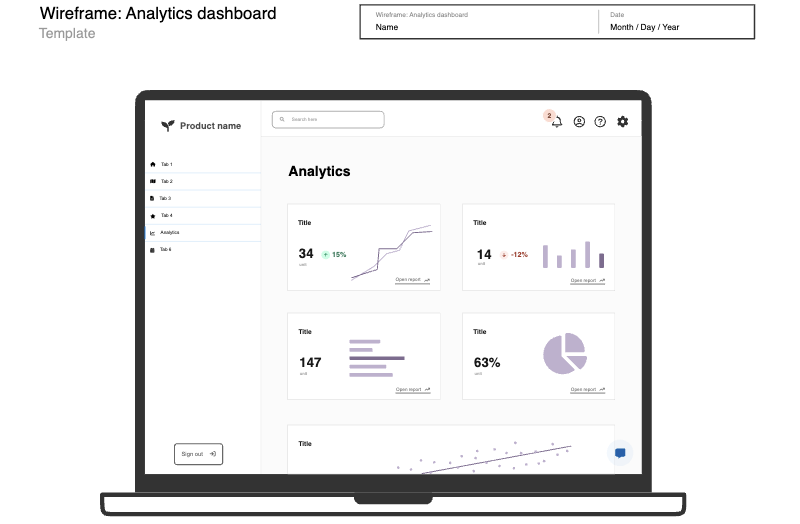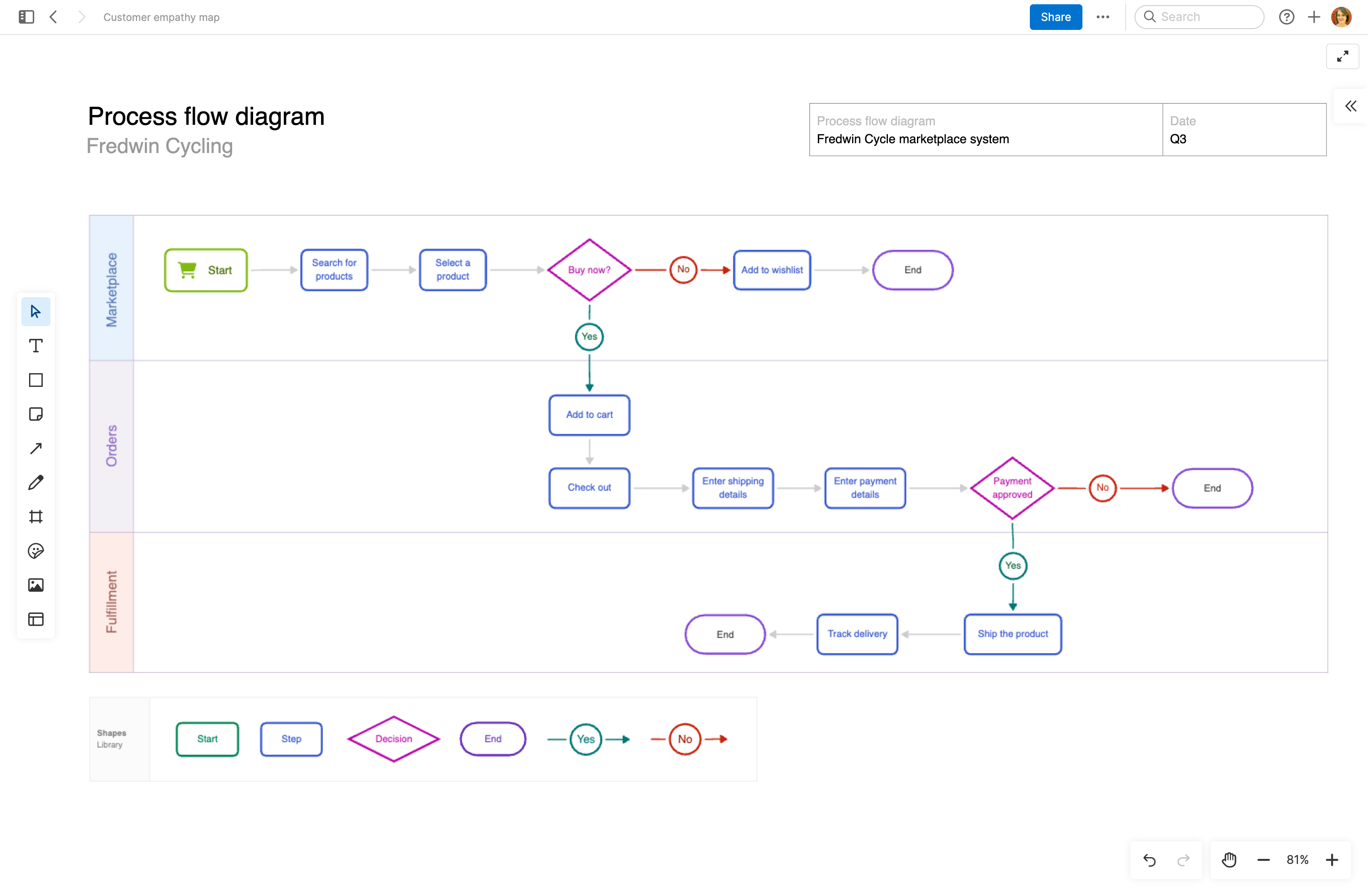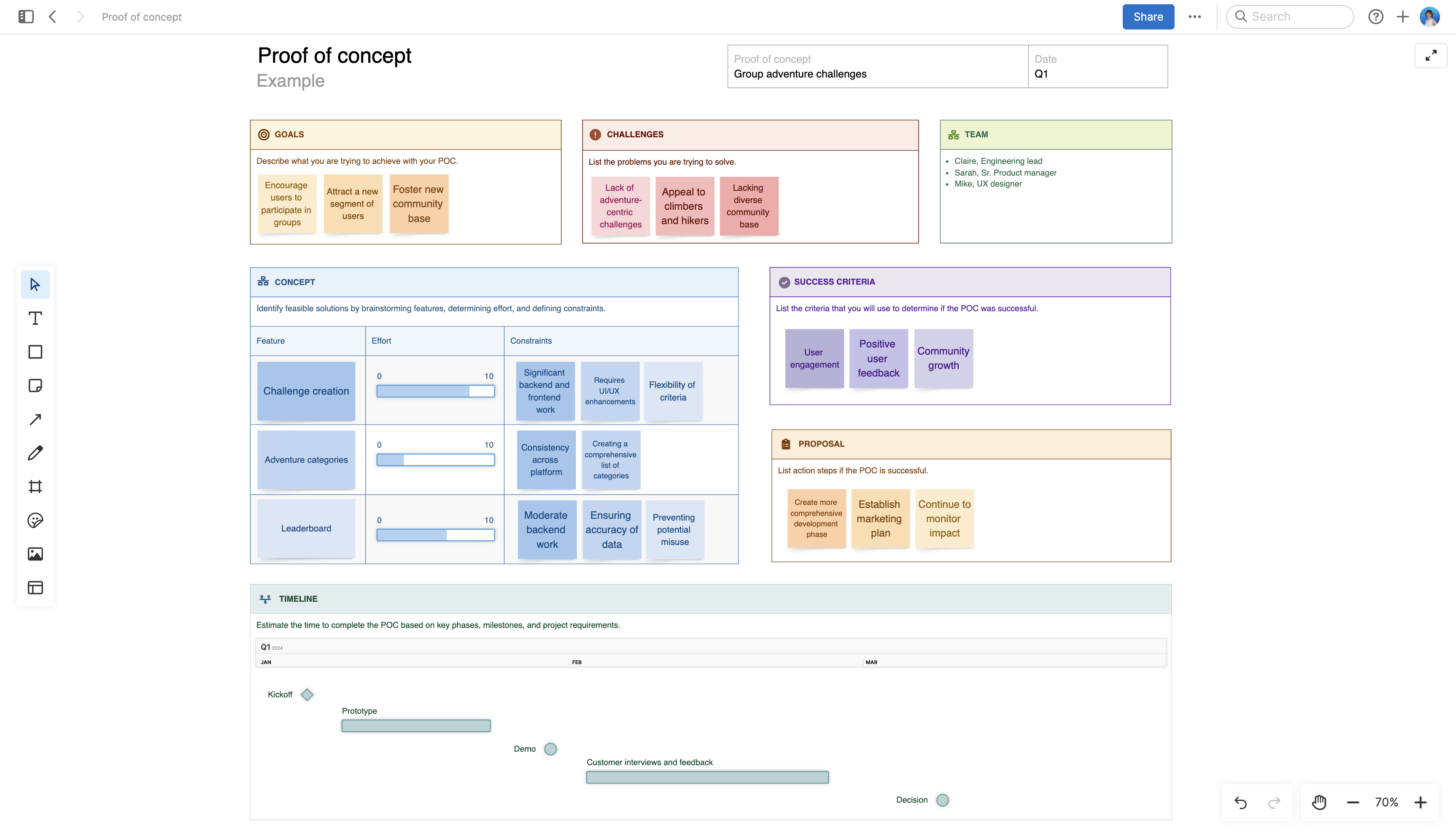
About the proof of concept template
Sometimes, promising ideas look different once you start exploring them. A concept that seems straightforward during planning might reveal unexpected technical challenges or customer needs that were not initially obvious.
A proof of concept helps you learn about an idea before making large commitments. This template guides you through defining what you hope to achieve, sketching potential solutions, and setting clear success criteria. With everything documented in one place, you can keep early experiments focused and make informed decisions about which ideas deserve a spot on your roadmap.
Included in the proof of concept template
This proof of concept template includes built-in capabilities such as:
Structured sections for goals, assumptions, and proposed solutions
A timeline area to map milestones and decision points
Inline comments to gather feedback and questions from teammates
A voting tool to gather confidence votes from collaborators
Presentation frames to share findings with stakeholders
How to use the proof of concept template
Start by clarifying your goals and the specific assumptions you want to test. What problem are you trying to solve, and for whom? What do you believe about customer needs or technical feasibility you need to validate?
Document potential solutions in the concept section, including rough effort estimates and any major constraints you are aware of. This helps surface potential issues early and makes it easier to compare different approaches.
Define clear success criteria that will help you decide whether the concept is worth pursuing. Focus on outcomes that directly relate to customer value or technical feasibility (rather than metrics that are easy to measure, but do not actually validate your assumptions).
Create a simple timeline with key milestones like prototype completion, customer feedback sessions, or technical feasibility demonstrations. Keep the scope contained so you can evaluate results quickly and make decisions.
In Aha! Whiteboards, teammates can jump in to leave comments and shape the plan together. And if the idea proves out, you can connect it straight to Aha! Roadmaps for next steps.
Best practices
Transform promising ideas into evidence-based decisions.
Contain the scope: Resist the urge to build a mini version of the full solution. Focus on the specific questions you need answered.
Choose meaningful metrics: Vanity metrics will not help you make real decisions. Define success criteria that directly validate your key assumptions.
Invite healthy skepticism: Include people who will ask tough questions and challenge assumptions. Their input often reveals important considerations you had not thought of.
Set decision thresholds: Define upfront what level of evidence you need to move forward. This prevents endless experimentation and creates clear stopping points.
FAQs about the proof of concept template
What should be included in a proof of concept?
Focus on the core assumption you need to test rather than trying to demonstrate every aspect of your idea. Include enough functionality to validate your hypothesis about customer need, technical feasibility, or business viability. Most proofs of concept work best when they test one primary assumption thoroughly rather than multiple assumptions superficially.
How much should you invest in a proof of concept?
Keep investment minimal — typically one to three weeks of development time with a small team. If you find yourself needing significant infrastructure, complex integrations, or months of work, you are building something closer to an MVP or Minimum Lovable Product (MLP) than a proof of concept.
What is the difference between a proof of concept, prototype, and MLP?
A proof of concept tests whether something is possible or valuable through internal experiments. A prototype demonstrates how a solution might work and feel, often focusing on user interaction and design. An MLP includes enough polish and features that early customers will actually enjoy using it and find genuine value. Think of it as a progression: The proof of concept validates the concept internally, the prototype explores the user experience, and the MLP delivers something customers will want to use and recommend.
How does this template connect to Aha! software?
You can build your proof of concept in Aha! Whiteboards and collaborate directly with teammates. If the concept holds up, link it to initiatives and features in Aha! Roadmaps so it becomes part of your product plan.
Is this template free to use?
Yes. To use this proof of concept template, sign up for a free 30-day trial of Aha! Whiteboards. (You can also try this template in Aha! Roadmaps if you need a complete product management solution.) Easily customize the template to suit your needs, then share it with as many people as you want (for free) to streamline collaboration.
